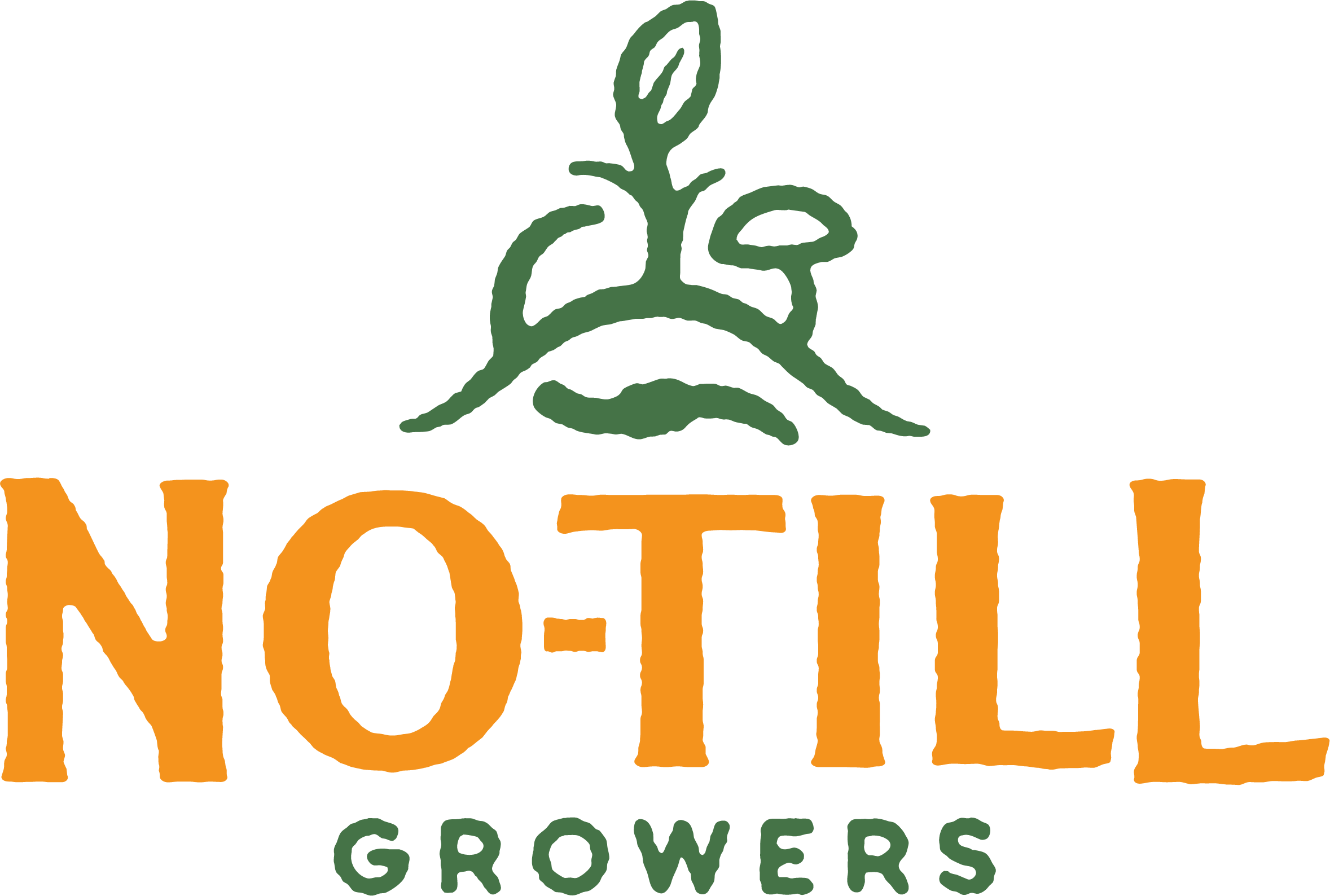Forum Friday// Farm Courses, "Heavy" Threads, & [IG]row Season
[photo: Farmer Jesse checking out the peas under-sown as a cover for the garlic in the fore, rotating sheep around the farm in the back.]
Farm-Ed season is over, or is it?
Winter is typically the season of book learnin’ for farmers, but a lot can be missed by neglecting paying attention to the wider farm community during the growing season. No matter the small-scale farm, no-till to wholesale, human-power to tractor, I always come away with something of value. Further, sometimes getting the inspiration to shift gears mid-season has saved my @$$ more than once. Here are a few great opportunities we learned about last week:
The Neversink Farm course has reopened enrollment. As an added bonus, should you decide to enroll in the course, he’s giving our listeners/readers a discount: use the code “NOTILL_SPR100” to get $100 off enrollment.
For our folks across the pond, Charles Dowding will be joining Richard Perkins at Ridgedale Farm for a 4 day market garden workshop in June.
Be on the lookout for our first No-Till Growers workshop announcement within the next two weeks. Reservations will be offered to Patreon members before going live on our website.
Heavy Threads in the Growers Community
… and I mean that both literally and figuratively.
Blanknoriega asks, “So I am visiting 3 properties in North Carolina and one of the properties have a HEAVY clay soil. Just wondering if anyone has had experience doing no till on clay soil? Being from Long Island where most of the the soil is sandy I don't have much experience with clay. Maybe any advice from farmers in NC!?”
There’s a lot of good advice for dealing with clay soil in the thread, including my own observations. Spoiler alert, a lot of people request an initial good tillage to incorporate minerals and organic matter. For more good protips and lessons learned working no-till into heavy clay soils, check it out.
FarmerJesse, opening a can of worms, writes, “We have started playing around with the idea of talking about our food as carbon sequestering. Most all plants technically sequester carbon but in our practices we seek to retain and build upon that carbon. Many of our customers are concerned with climate change and know of carbon sequestration as something that could help but perhaps don't necessarily know what no-till is (how it works or why it matters). So it could be a good marketing approach, at least worth printing up a pamphlet? Not sure I have a question here exactly beyond— thoughts?”
No spoiler alert here, you just have to check out the thread for yourself, because it’s a good one. Really, we’d love to know your thoughts.
[IG]rowing Season
We. Love. Instagram. So much can be shared in a picture an a paragraph. Not only has our @notillgrowers exploded over the past six months, because y’all rock, we feel the small-farm community on Instagram is a great and supportive resource. Aside from overly-curated photos of picturesque farms, there is a lot of great no/low-till farms sharing exactly how they do things. If you’re showing part of your no-till process, TAG @NOTILLGROWERS so we don’t miss it! We’d love to share some of your thoughts, methods,and lessons learned with our community of followers, as well.
Side note: can we get real about our IG farms? I’ve left IG once before because it can feel like a constant reminder that I’m the only farmer with weeds, a junk pile, or a failing crop, especially mid-season. Trust, I’m just as bad about cropping those things out, too. But, it’s a shame, because we can learn so much from one another there. #realsmallfarms
